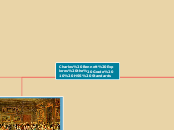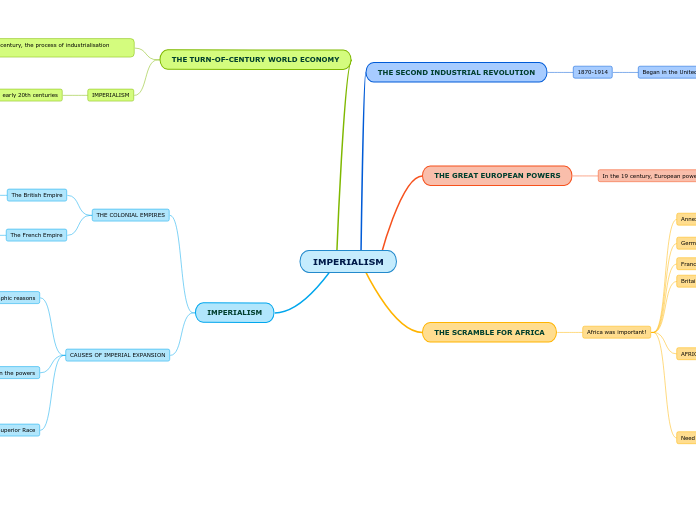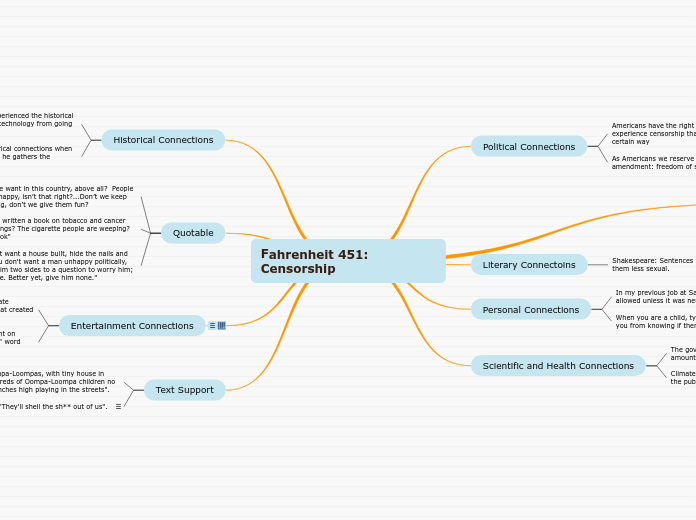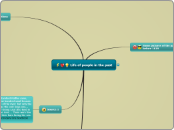av Charles Bennett för 6 årar sedan
270
Charles Bennett Explores the HSS Standards
The Grade 10 History-Social Science (HSS) standards encompass a comprehensive exploration of significant historical, economic, and geographical themes. Students are expected to delve into various global events and their impacts, including the imperial ambitions of Germany, Italy, and Japan in the 1930s, and the resulting atrocities such as the Rape of Nanking.









